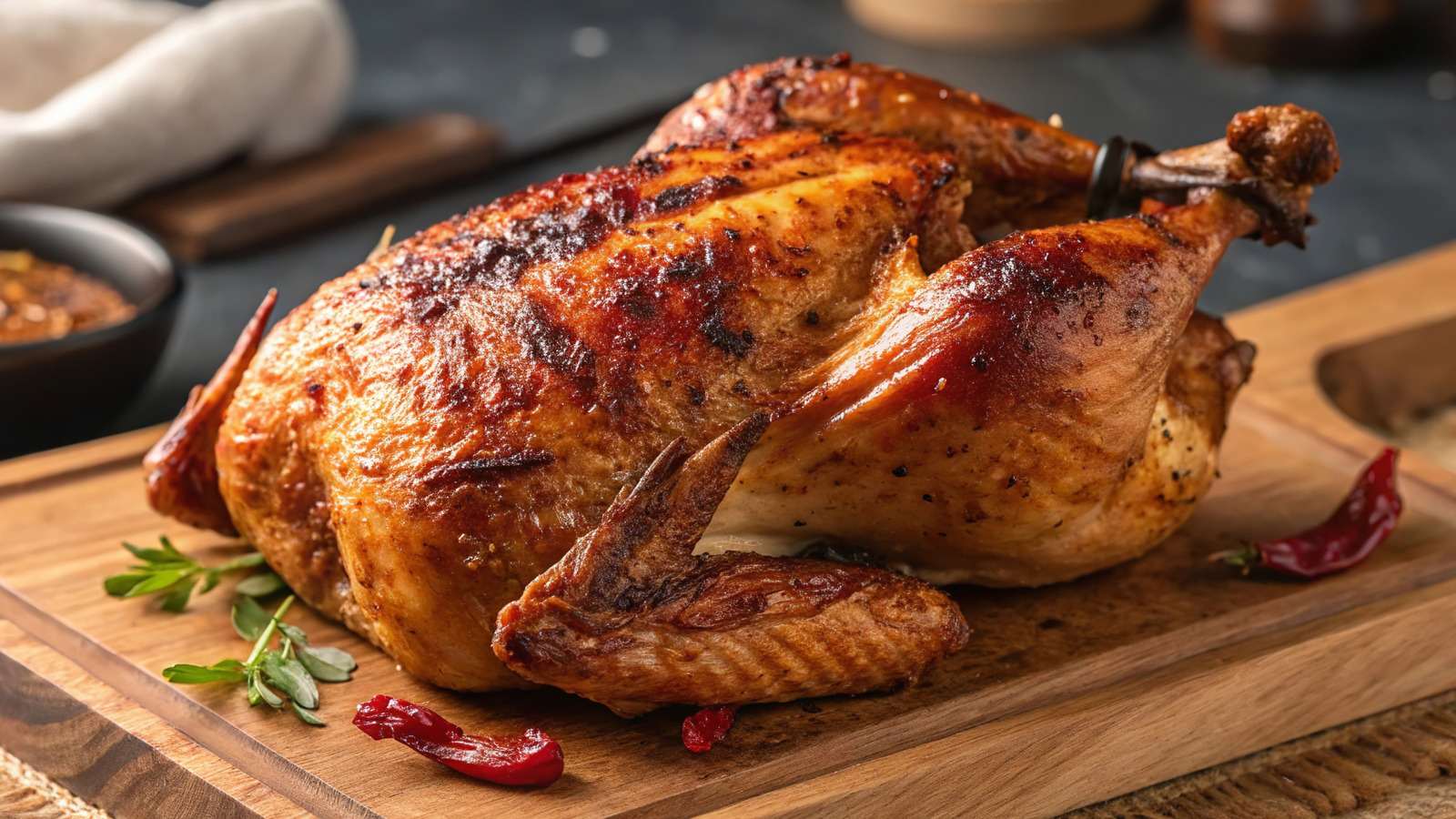
"First off, what's the deal with chilling chicken? To meet FDA food safety standards, chicken carcasses need to be brought down to a temperature of under 40 degrees Fahrenheit within 4-8 hours of slaughter. This is to prevent the growth of harmful bacteria such as salmonella, which thrive in temperatures between 40 and 140 degrees Fahrenheit. The most efficient way to do this is by plunging the birds into a vat of cold water."
"The water-chilling method has been the standard for many years and still remains the most prevalent way of processing chicken in the U.S., but it's worth being aware of the implications. The first is that during this bath, water is absorbed into the chicken, where it remains until cooking. If you're paying by the pound, you're getting less chicken for your buck, and meat that doesn't always brown as well as it should."
"Perhaps what's more concerning is not the amount of water, but what's in it. It's a solution of chlorine designed to kill bacteria, but the fact that the chickens are using the same bath water so to speak increases the risk of cross contamination. But here's the catch. If you've been avoiding the water-chilled label and opting for the seemingly regular chicken, we have bad news for you. Anything that is not labelled one way or the other should be assumed to be water-chilled chicken."
Chicken carcasses must be cooled to under 40°F within 4–8 hours after slaughter to prevent growth of bacteria such as salmonella. Water chilling—plunging birds into cold vats—remains the dominant U.S. processing method because it cools quickly. Water-chilled chickens absorb bath water, which reduces meat yield by weight and can impair browning during cooking. The bath water typically contains chlorine to kill bacteria, and shared immersion increases cross-contamination risk. Products not explicitly labeled as air-chilled should be assumed to be water-chilled. Choosing air-chilled chicken avoids added water absorption and the associated chlorine and contamination concerns.
Read at Tasting Table
Unable to calculate read time
Collection
[
|
...
]